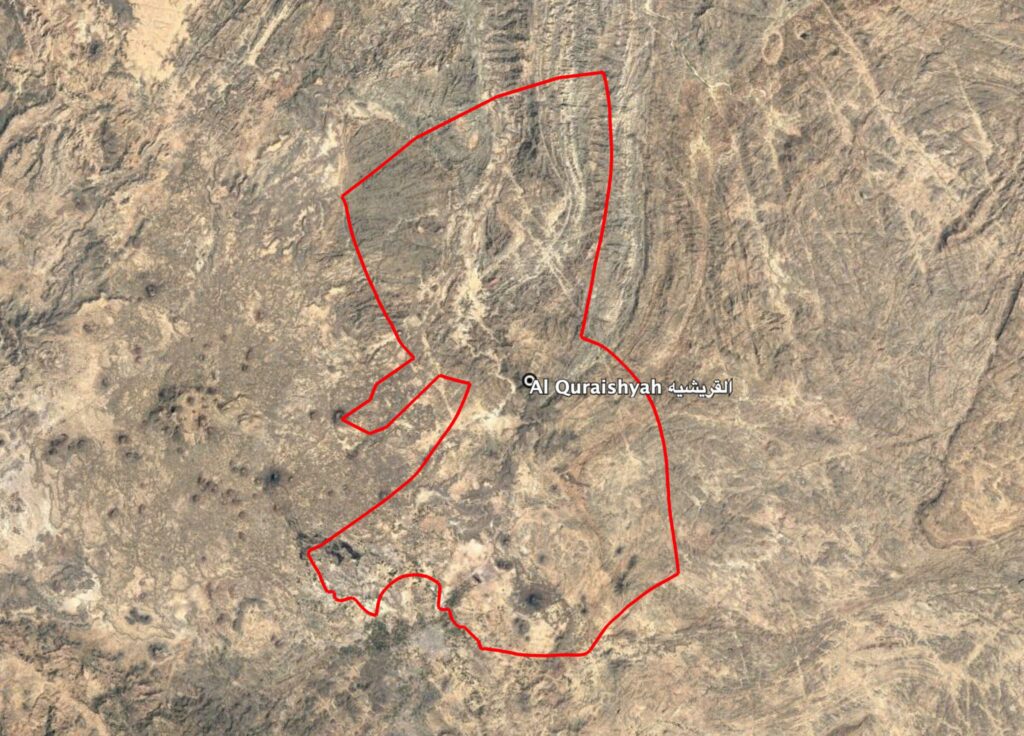Incident Code
Incident Date
Location
Geolocation
Geolocation
Airwars Assessment
(Previous Incident Code: YEM302)
Four alleged belligerents were reportedly killed by a US drone strike in Al Quraishyah, in Bayda governorate, on February 24th 2018. Two sources suggested that three of those killed were AQAP militants, and one of which indicated that the fourth victim was a commander in the Hadi military. There were no known reports of civilian harm.
According to Twitter user @ali8887m, the dead were named Abu Al-Bara Al-Dhamari, Abu Al-Hussam Al-Arada, Abu Younis Al-Baidhani, and Brigadier General Mohamed Al-Hawry. The latter was indicated to be the “Chief of Staff of Operations of the 33rd Brigade”, while the former three were alleged to be AQAP members. According to this source, the strike targeted a “secret meeting of the parties in Marib”.
Two other sources, however, suggested that the strike took place in Bayda governorate. One, @BelqeesTV, also reported that three of the four killed were AQAP members. Another, @hoodaboras, indicated that all four of those killed were government-affiliated “resistance fighters”, and suggested that they died as the result of two drone strikes in Bayda. AQAP militants have previously been reported to have fought alongside pro-government forces.
A US Central Command spokesperson later told the Long War Journal that two strikes had taken place in Bayda on February 24th 2018. Since no other known US actions were reported around that date, this event is treated as declared. A second assessment, USYEMTr149, has been created to account for the second event.
Key Information
Geolocation Notes
Reports of the incident mention the Al Quraishyah District (مديريه القريشيه) for which the generic coordinates are: 14.590694, 44.920478. Due to limited satellite imagery and information available to Airwars, we were unable to verify the location further.

Reports of the incident mention the Al Quraishyah District (مديريه القريشيه).
Imagery: Google Earth
